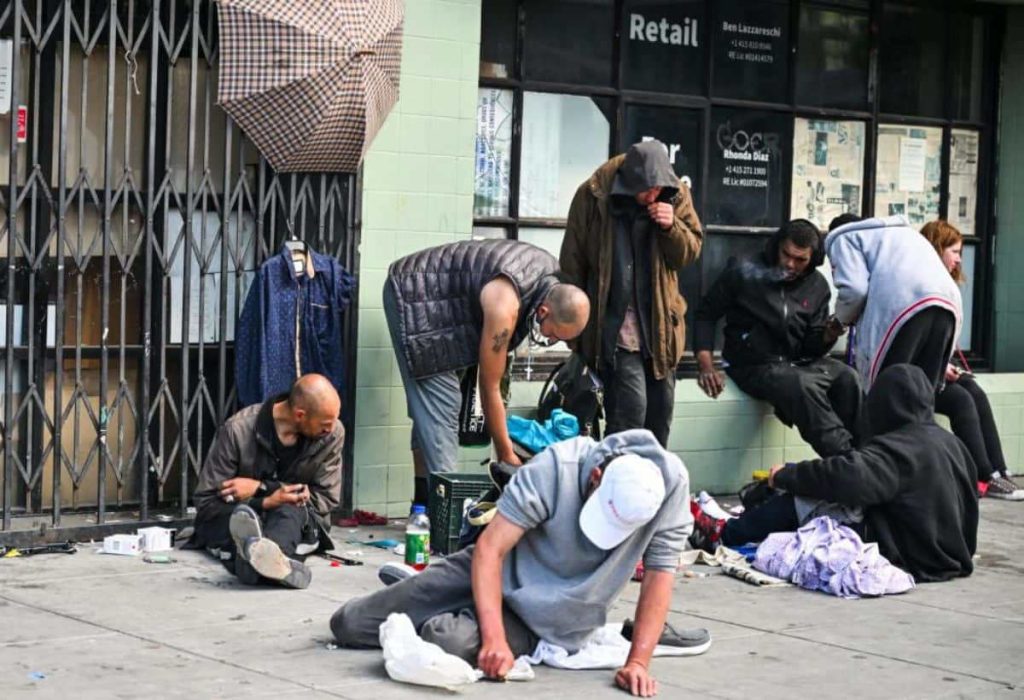The San Francisco Sheriff’s Office is in the midst of a staffing crisis, severely impacting its ability to maintain safety and respond effectively to emergencies. The recent blockage of the Golden Gate Bridge by pro-Palestinian protesters underscored the department’s challenges, with off-duty deputies being urgently called in to address the situation due to the staffing shortfall.
One of the most pressing issues exacerbated by the staffing shortage is the escalating violence within the jails, including an alarming rise in prisoner fights and attacks on deputies. These incidents not only jeopardize the lives of deputies but also compromise the safety and security of inmates and staff. The lack of adequate staffing has made it increasingly difficult for the Sheriff’s Office to manage these incidents and ensure the safety of all involved.
Who is going to respond? We are running out of Deputy Sheriffs!
In addition to internal challenges, the Sheriff’s Office is also facing external pressures, such as civil unrest and protests, which have become more frequent and intense. These events require a significant law enforcement presence to maintain order and protect public safety. However, the staffing shortage has forced the department to stretch its resources thin, raising concerns about its ability to respond effectively to such events.

Addressing the current staffing crisis at the Sheriff’s Office requires immediate and decisive action. Hiring must be made a top priority, with a focus on fast-tracking the recruitment process to quickly fill vacant positions. The Sheriff’s Office should explore all available options to expedite hiring, including streamlining application processes and offering incentives to attract qualified candidates.
In conclusion, the staffing crisis facing the San Francisco Sheriff’s Office is a critical issue that demands urgent attention. Failure to address this crisis not only endangers the safety of deputies and inmates but also undermines the department’s ability to maintain public safety during times of civil unrest and protests. It is imperative that immediate steps are taken to increase staffing levels and ensure that the Sheriff’s Office is adequately equipped to handle the challenges it faces.




